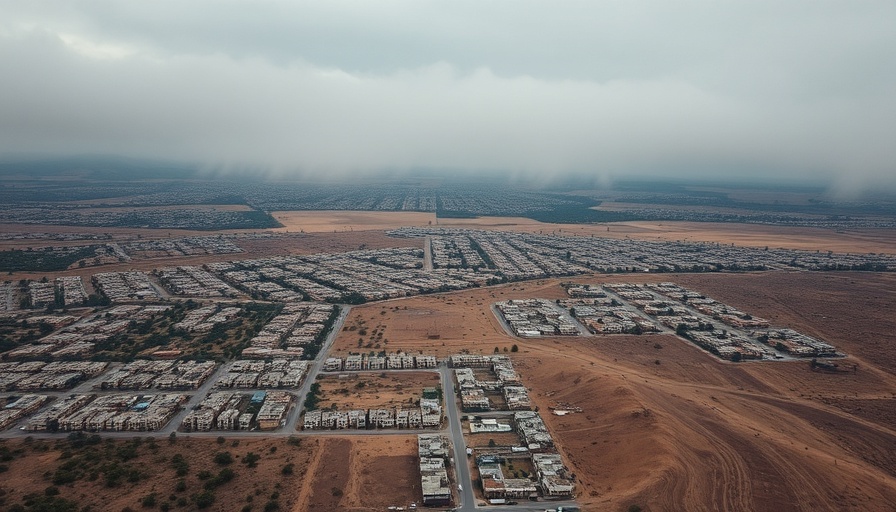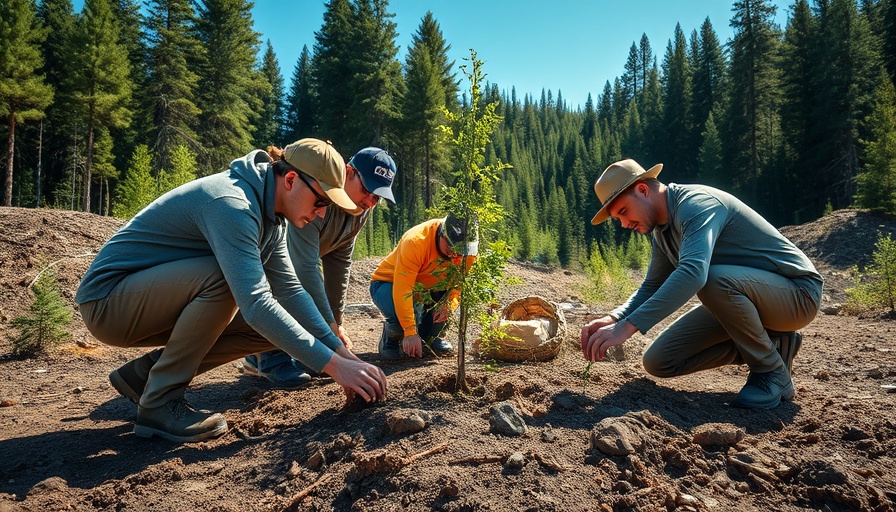
Harvesting Fog: A Promising Hope for Arid Cities
Recent research has unveiled a bright solution for urban areas grappling with severe water shortages in arid regions, especially cities like Alto Hospicio in Chile's Atacama Desert. Known as one of the driest places on earth, this city faces the dual challenges of a megadrought and reliance on groundwater previously depleted for millennia, making fog collection a revolutionary tactic worth exploring.
Transforming Urban Water Solutions
Fog harvesting has traditionally been viewed as a strategy more suited for rural environments. However, scientists at Universidad Mayor have disrupted this perception, indicating that this method could be indispensable in urban landscapes under water stress. The study published in Frontiers in Environmental Science shows that fog collectors can yield between 0.2 to 10 liters of water per square meter daily, a significant amount when scaled across urban territories.
Bridging the Water Gap
With a community of around 10,000 residents, many in informal settlements with little access to piped water, the potential of fog harvesting becomes even more crucial. These settlements currently depend on costly truck deliveries, yet the new findings suggest that installing a network of fog collectors could generate approximately 300,000 liters weekly, potentially meeting residents’ basic water needs while also supporting urban agriculture.
By focusing on harnessing natural resources like fog, we open doors to innovative strategies in urban planning, particularly as the impacts of climate change become increasingly severe. Fog can complement existing water infrastructures, supporting drinking water supply and irrigation for green spaces and hydroponic systems, thereby enhancing food security in these regions.
Blueprint for Future Sustainability
This shift towards recognizing fog harvesting highlights a broader necessity for sustainable urban water management practices amid increasing urbanization and environmental stressors. Researchers emphasize that while this method isn't a panacea, enabling fog harvesting can lead to significant improvements in water security for vulnerable populations. The findings are a clarion call for policymakers to integrate this renewable resource into urban planning frameworks.
Conclusions
In conclusion, as many cities increasingly face the brunt of climate-related disruptions, methods like fog harvesting present an actionable avenue to address chronic water shortages. Explorations into these alternative water sources can empower communities and create sustainable living conditions even in the most challenging environments.
 Add Row
Add Row  Add
Add 




 Add Row
Add Row  Add
Add 



Write A Comment